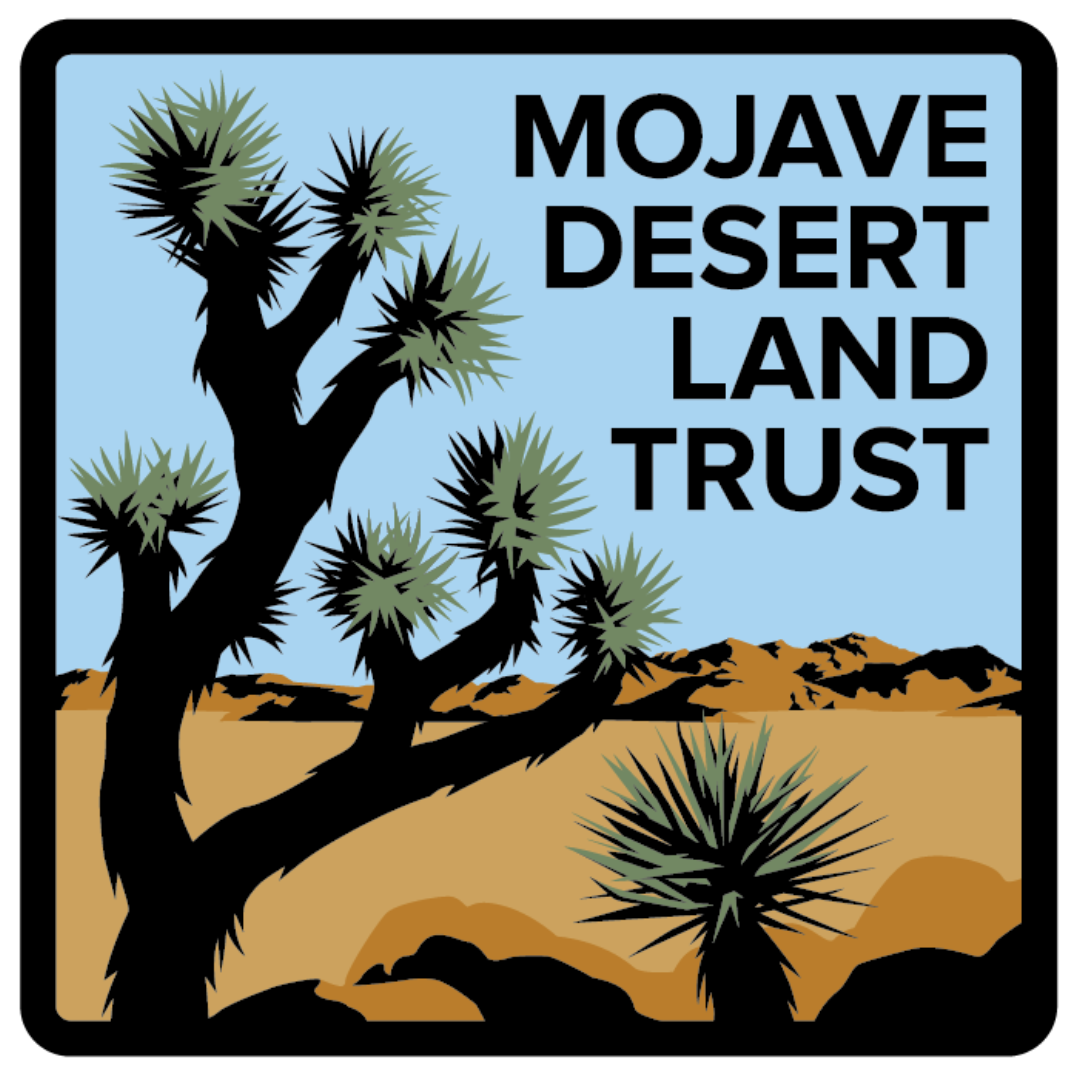What I learned in studying the night sky
By Shawnta Akins, Women In Science Discovering Our Mojave (WISDOM) intern for the 2024-25 Dark Night Sky Survey project
Many women I know have wanted a career in environmental science, but the opportunities to gain experience in the field were few and far between. I am a current student at Unity Environmental University working towards a B.S. in Environmental Studies and being a part of the Mojave Desert Land Trust’s Women In Science Discovering Our Mojave internship over the last six months has been such a phenomenal experience for me.
Our team of three interns measured night sky luminosity at seven points across Mojave Trails National Monument. I’ve practiced new skills such as professional photography and taking data with a Sky Quality Meter, contributed to dark night sky community science databases, and learned transferable skills like how to drive a four-wheel vehicle. It has also given me the opportunity to explore parts of the desert I have never been to before.
This internship also inspired me to learn about endangered species affected by light pollution such as the monarch butterfly. Monarch butterflies are a migratory species that travel from Canada to Mexico. They rely on the dark night sky on a molecular level to regulate their circadian rhythms. According to the University of Cincinnati, “Their internal systems provide key proteins that help them to navigate and know when to fly. Monarchs are essential pollinators that enhance the reproductive success of flowering plants”(1). Monarch butterflies are now on the endangered species list because migration has lessened by up to 70%. It is imperative to protect biodiversity, and the monarch butterfly is at risk of extinction.
The night sky in Mojave Trails National Monument.
I began my journey to an environmental career in 2012 with the Youth Conservation Corps (YCC). It was during this position that I found a passion for nature and being outdoors. While doing trail maintenance at Joshua Tree National Park, I learned technical skills and qualities I didn’t know I had before - I learned that I am courageous, persistent, and capable of achieving things I never thought I could. After completing the internship with the park in 2012, it has been my goal to return to working in an environmental career, and Mojave Desert Land Trust gave me the opportunity to pursue my dreams once more.
From the experience I’ve gained with WISDOM, I plan to continue searching for careers in Geographic Information Science (GIS) to expand on the knowledge I have. I currently work as a Consulting Utility Forester and use GIS apps like ArcGIS. Through my current employment and this internship, I now have two years’ experience navigating and operating GIS systems in remote areas. In the future, I hope to gain a full- time permanent position working with GIS systems for natural resources, to continue protecting biodiversity.
Citations and further reading:
University of Cincinnati. (2022, May 20). Light pollution can disorient monarch butterflies. ScienceDaily. Retrieved April 20, 2025 from www.sciencedaily.com/releases/2022/05/220520144656.htm
Documenting the Mojave’s dark skies
Former intern Jadyn Bauer illuminates the importance of dark skies, sharing data and details about her experience under the stars.
Preserving the night
Our dark night skies are fading, but this team of researchers is helping to understand how we can protect them.
Established in 2019, Women In Science Discovering Our Mojave (WISDOM) is an MDLT internship that provides women from underrepresented communities with opportunities to engage in science, technology, engineering and math (STEM) fields by gaining experience and conducting scientific research. The program fosters an environment of mentorship and career exploration by connecting female students with researchers and professionals, helping to develop the next generation of scientists.
WISDOM is supported by the Conservation Lands Foundation and is a collaboration with the Bureau of Land Management.






